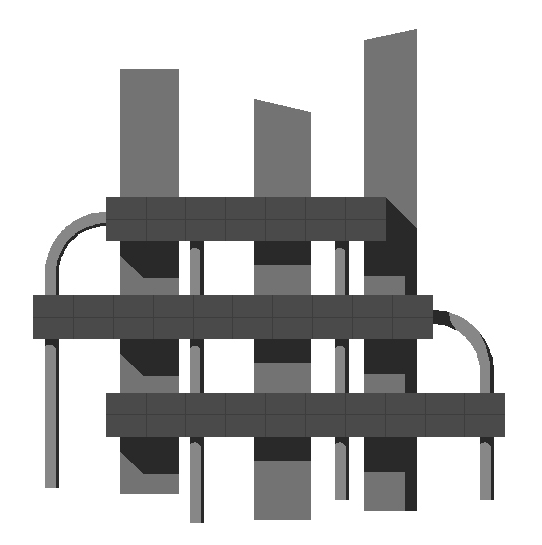 |
Docente/i:
Luisa Donatella Marini
Denominazione del corso: Numerical methods in engineering sciences
Codice del corso: 504710
Corso di laurea: Computer Engeneering, Ingegneria Elettrica
Sede: Pavia
Settore scientifico disciplinare: MAT/08
L'insegnamento è affine per: Computer Engeneering, Ingegneria Elettrica
Crediti formativi: CFU 6
Sito web del corso: http://www.imati.cnr.it/marini/didattica/metodi_num_LM-
engl.html
Obiettivi formativi specifici
The aim of the course is to enable students to classify real-life problems and choose the best suited algorithms for dealing with them, in terms of costs/benefits and convergence properties. At the same time, the course is meant to make students well acquainted with the use of Matlab software and with the practical implementation of some algorithms.
Programma del corso
The course is divided in two parts, devoted essentially to the numerical approximation of boundary value problems for Partial Differential Equations (Pde's), and of initial value problems for Ordinary Differential Equations (Ode's). The basic common and necessary instruments to deal with both classes of problems are also developed.
Numerical solution of boundary value problems for Partial Differential Equations (Pde)
- Finite Difference method on a model problem in 1D.
- Consistency and Stability - Lax's Theorem for convergence of a numerical scheme.
- Finite Element method on a model problem in 1D: Variational formulation, continuous piecewise linear finite element approximation, stability and convergence; construction of the final system and comparison with finite differences.
- Finite Element method on a model problem in 2D: Functional spaces H1 and H10, energy norm; Variational Formulation, Lax-Milgram Lemma; Continuous piecewise linear finite element discretization on triangular meshes; Stability and convergence; Explicit computation of the elementary stiffness matrix and right-hand side; Assembling and solution of the final system.
- Various examples of boundary value problems in 2D.
Numerical solution of initial value problems for Ordinary Differential equations (Ode)
- One-step methods: Euler backward and forward, Crank-Nicolson, Heun; Stability and A-stability, consistency, convergence and order of convergence.
-
- Multistep Methods: general structure, consistency and stability conditions; Explicit and Implicit Adams methods.
- Runge-Kutta methods: consistency and stability conditions; example of construction of an explicit RK-method (Hints on predictor-corrector methods).
- Systems of Ordinary Differential Equations: stiff problems.
Common tools
The following list gives the necessary tools to tackle the two above classes of problems.
Reminders on Linear Algebra
- Nonlinear equations: bisection and Newton's methods. Convergence, order of convergence, stopping criteria.
- Nonlinear systems of equations: Newton's method and variants.
Approximation of functions and data
- Lagrange interpolation: interpolation error, piecewise Lagrange interpolation, order of approximation in various norms.
- Least squares method for data fitting: linear regression and various examples.
Numerical integration
- Interpolatory quadrature formulas in 1D: midpoint, trapezoidal, Simpson and error analysis. Gaussian formulae.
- Extension to dimension 2 on rectangular domains. Quadrature formulas on triangular domains: barycenter, vertex, and midpoint of the edges.
Prerequisiti
Differential and integral calculus for real functions; complex numbers; linear algebra; computer programming experience.
Tipologia delle attività formative
Lezioni (ore/anno in aula): 45
Esercitazioni (ore/anno in aula): 0
Attività pratiche (ore/anno in aula): 0
Materiale didattico consigliato
A. Quarteroni, R. Sacco, F. Saleri. Numerical Mathematics-2nd edition. Springer Series: Texts in Applied Mathematics, Vol. 37 (2007).
Modalità di verifica dell'apprendimento
The exam will be written. Each student will be offered a couple of questions on subjects developed in the classes and has one hour to answer.
There are two typologies of exam:
Basic exam: it consists in a couple of simple questions and/or exercises, intended to verify the capability of applying the numerical algorithms, without the need for a deep understanding. The maximum grade is 24/30.
Advanced exam:
it consists in a couple questions (more theoretical than in the basic exam), intended to verify comprehension of the subjects and not just a mere application of ready-to-use formulas. The answers must be articulated with a certain mathematical precision. The maximum grade is 30/30 cum laude.
|




![]()




![]()